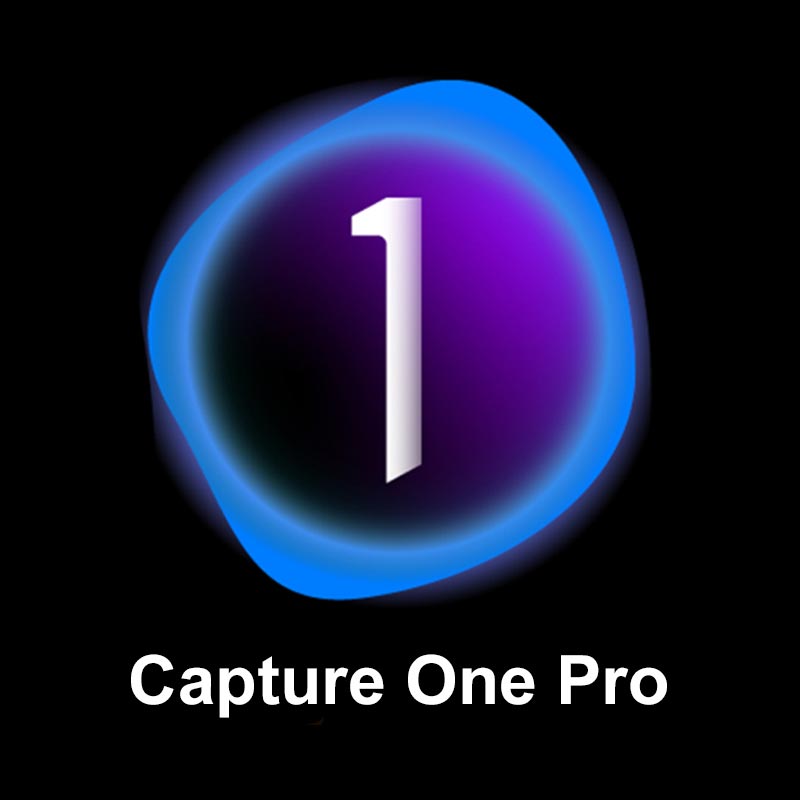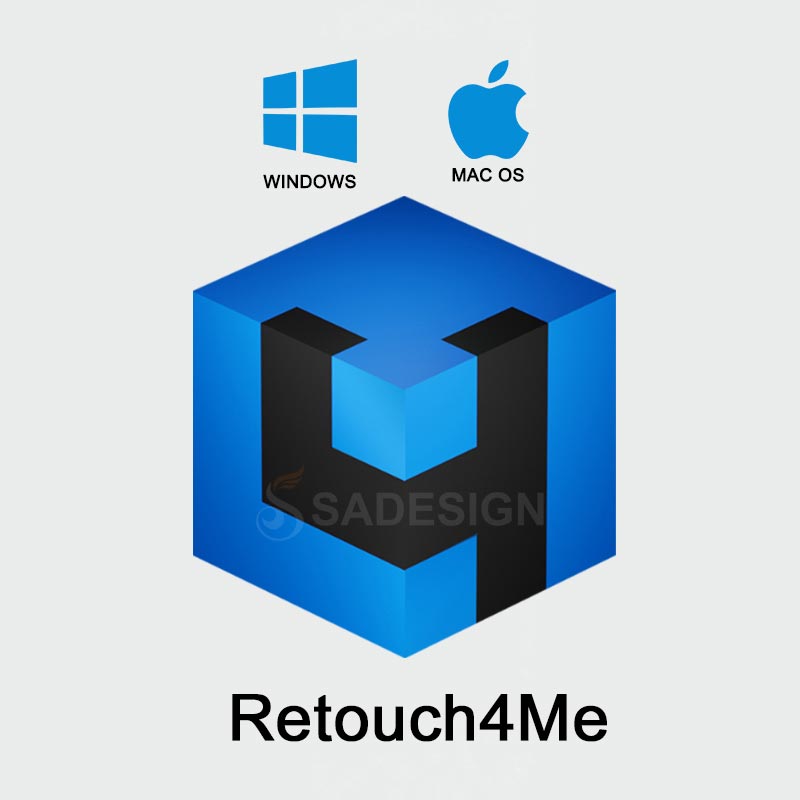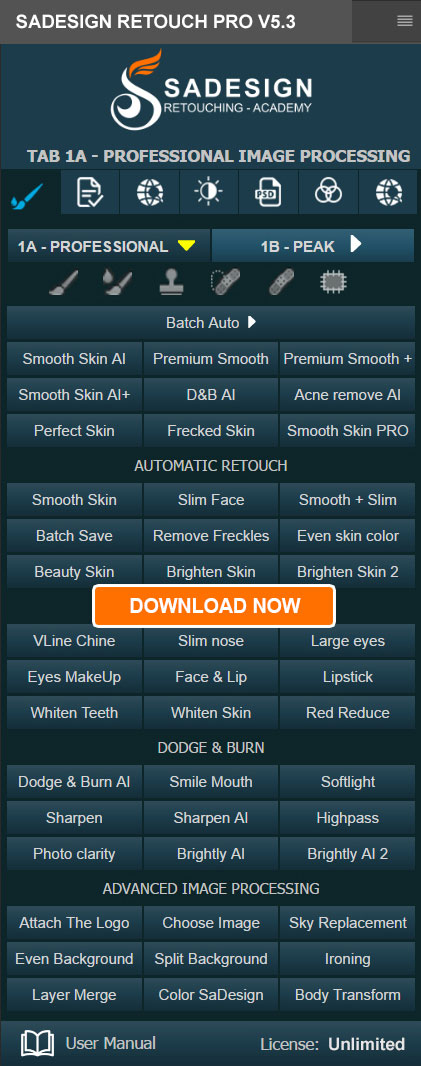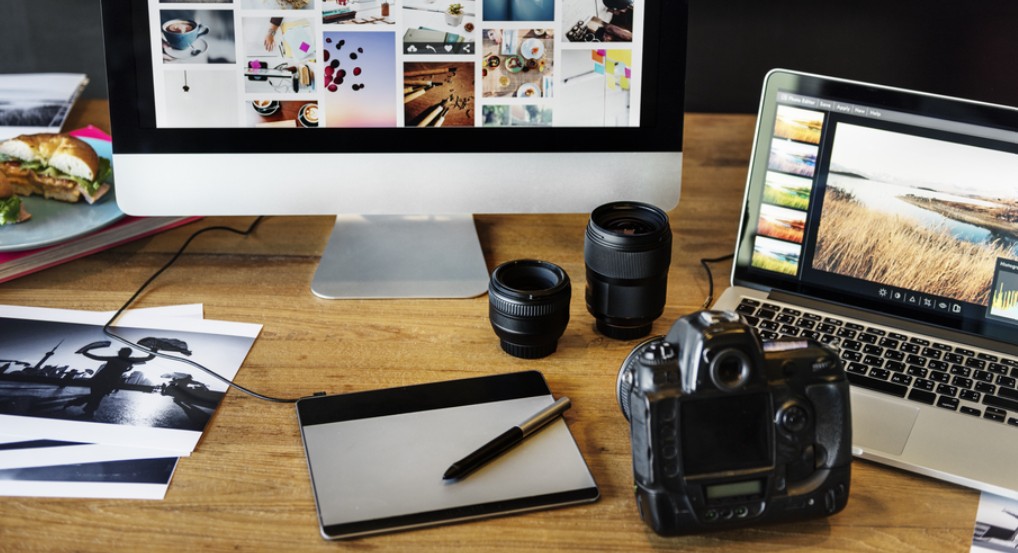Best Selling Products
Secrets to choosing and combining colors in photography
Nội dung
Besides color coordination in post-production, color selection right from the start of shooting is also an important factor.
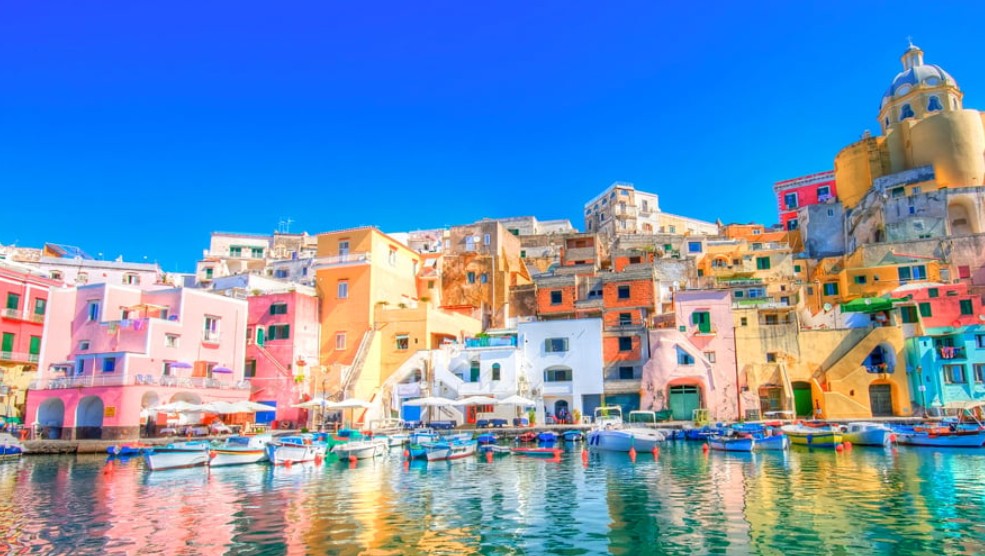
Photography is not only the art of capturing a moment, but also the art of telling a story through images. In that story, light is the language, composition is the structure and color is the emotion. Color can move the viewer, can convey a hidden message, and can also make a photo become an unforgettable icon.
When starting out, many photographers focus on the technical aspects of photography: shutter speed, aperture, ISO, and sharpness. But over time, they realize that these technical elements are just the foundation. It’s the color that elevates the image, transforming it from a pretty photo into a true work of art.
In addition to color coordination in post-production, color selection right from the start of the shoot is also an important factor. When you know how to choose the right color, the whole process of coordination and post-production becomes easy, at the same time bringing unity to your own photographic style. So how to choose and use color wisely in photography? Let me walk you through the core aspects, from considering color as a subject, to building a style, exploiting color from places and cities, to selective color correction.
1. Color as a subject
In photography, color can be just a background element, complementing the main content. But at other times, color becomes the subject , playing a central role in the entire work. When color is elevated to the subject, the photograph no longer records a specific object, but becomes an exploration of feeling, mood and vision.
A random photo with many mixed colors often creates a messy feeling. But if you actively choose and let one color dominate the frame, the photo will have a highlight, creating focus for the viewer. However, this is also a path full of pitfalls.
There are photographers who are criticized for being too passionate about color, they prioritize the harmony and beauty between colors to the point of losing the content or story. On the other hand, there are also those who almost deny the role of color, only sticking to black and white photography to focus on light, shape and colorless emotions.
But in reality, most audiences love photos with clear, harmonious, and pleasant colors. A fresh green can evoke a feeling of hope and rebirth. A bright red can make viewers think of passion or danger. It is your sensitivity to color, and your ability to turn color into “language”, that will determine the uniqueness of your photographic style.
If you are sensitive to color, don’t hesitate to let color be the main character in your work. It can be a simple photo of a blue door standing out against a white wall, or a street corner with a series of bright red signs. Beauty sometimes lies in the courage to choose, letting color speak for the subject.
2. A color style (Style)
Style in photography comes not only from the choice of camera angle, lighting or composition, but also from the way you handle color . Color style is the use of a certain color palette and sticking to it in many works. This is the visual “signature” that helps the audience recognize your photos at a glance.
However, style is a double-edged sword. On the one hand, it shows the maturity of the photographer, showing that you have your own personality and are consistent with your creative choices. On the other hand, if you are too loyal to a color palette, you can accidentally box yourself in, making your work monotonous and lacking in innovation.
In the digital age, creating a color style is no longer so difficult. Photoshop, Lightroom or Capture One all offer powerful tools for color manipulation. With just a few clicks, you can create a warm retro style, or a cool modern tone. But the real style is not in the tools, but in the eye of observation and careful selection .
Many talented photographers understand this. They may stick to one palette for a while, but then experiment with others, constantly seeking to avoid being pigeonholed. Flexibility, a combination of personal style and adaptability, is the key to long-term creativity.
Remember, style isn’t always something you label yourself. Sometimes it’s the audience that calls it home. And the great thing is, if you’re consistent and subtle in your color choices, your audience won’t be confused.
3. Color and place
Colors have the ability to define a place, connecting the scene with a specific sense of space. A photo of a Northwest mountainous landscape with the green of the forest, the brown of the terraced fields and the yellow of the afternoon sun, immediately reminds the viewer of the highland identity. A photo in Venice with the orange-yellow color of the house walls, mixed with the blue of the canals, makes us immediately recognize that it is Italy.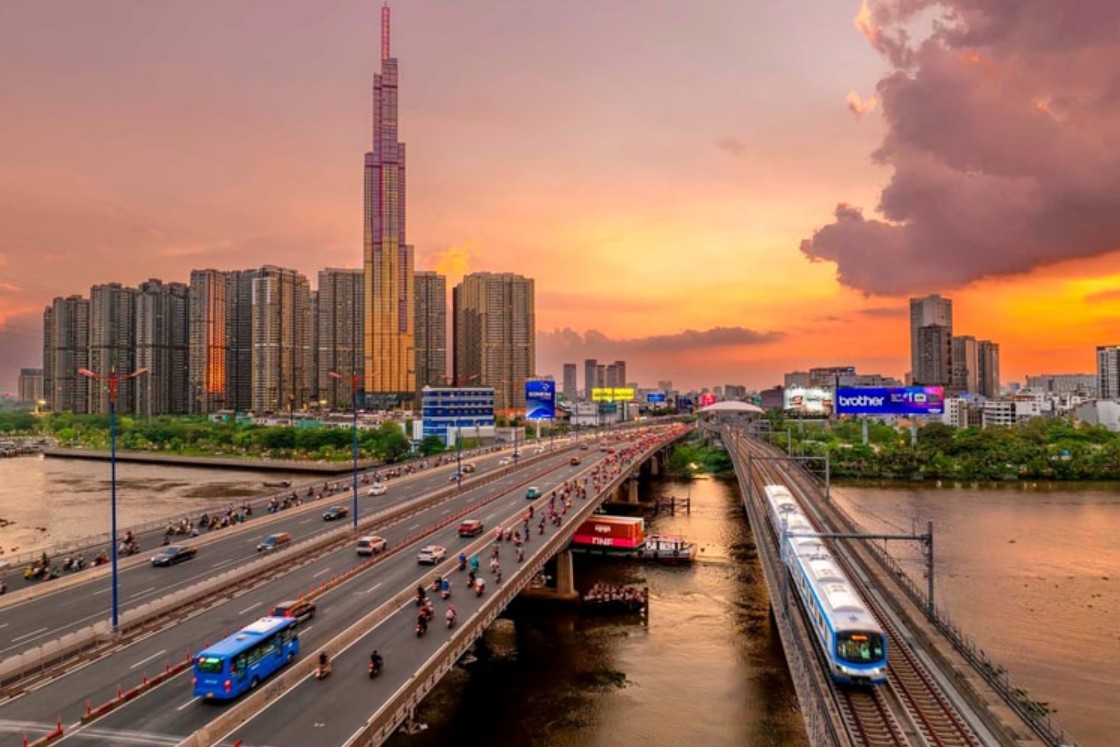
In travel photography or reportage, color is the bridge between images and memories of a place. Elements such as rocks, soil, plants, crops, climate, and characteristic light will contribute to forming the “color palette of the place”.
However, this connection does not only come from objective, but also depends on the subjective view of the photographer . You can choose to emphasize warm colors to express the warmth of a land or use cold colors to evoke desolation and distance.
Photojournalists, explorers, often exploit this element to the fullest. They use color as a way to recreate the “atmosphere” of a place, not just the physical image, but the emotional experience of that place.
4. Urban color
Unlike nature, the urban environment is man-made and therefore has its own distinct color palette. The color of the city is not only the gray of concrete, steel and glass, but also the strong contrast of man-made elements: advertising signs, neon lights, graffiti on the walls.
In many modern cities, gray tones often dominate. High-rise buildings made of glass and steel reflect the gloomy sky, creating a cold, dull feeling. However, under a delicate eye, it is the quiet, even poetic rhythm of urban life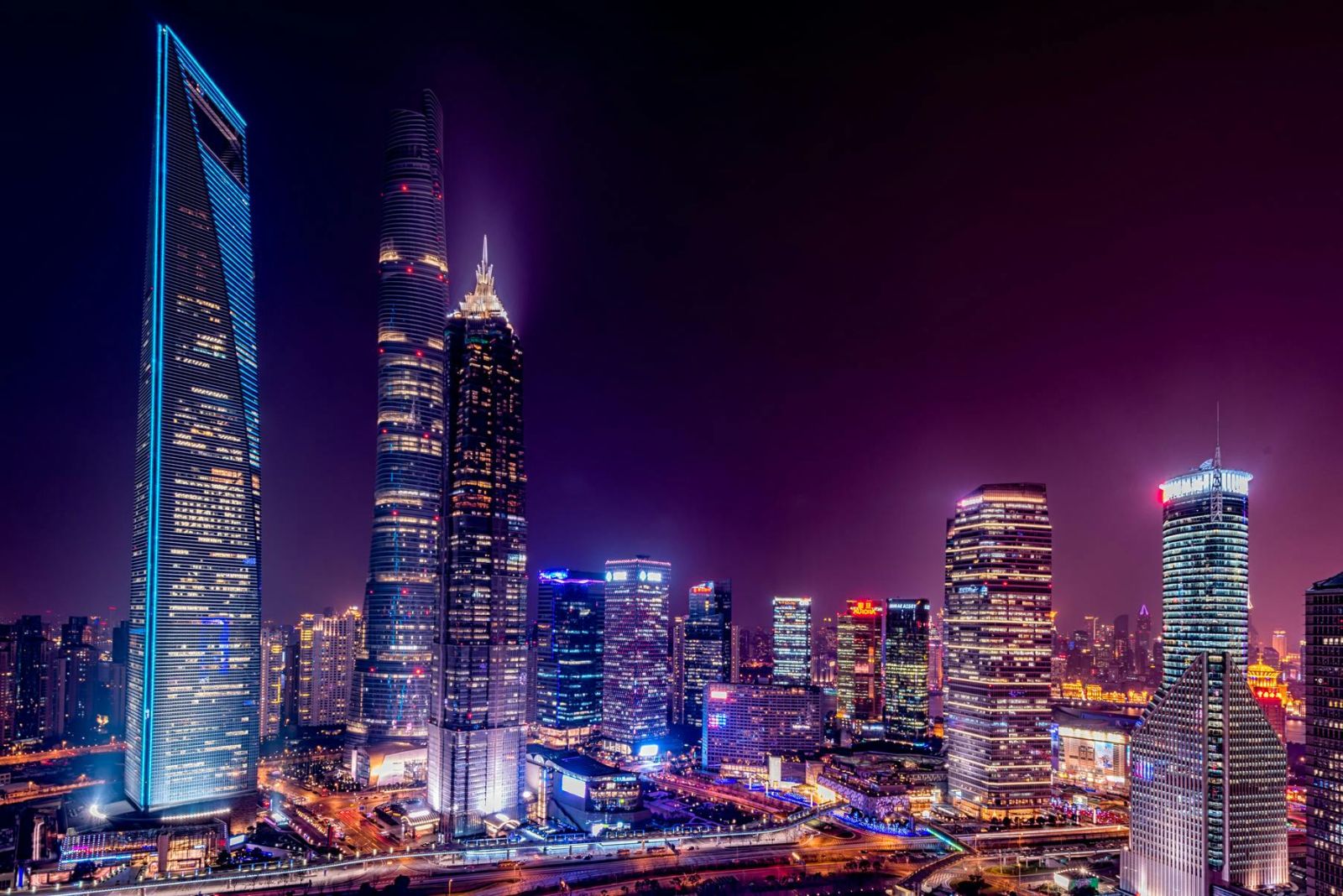
In addition, it is the man-made elements that make the city come alive. A Tokyo street shimmering with red and blue neon lights, or a corner of New York with bright billboards, can all become photos with a strong urban feel.
Photographers of urban areas have a choice: either exploit the dull, monochromatic concrete to create depth or emphasize the contrast of artificial colors to express the hustle and bustle of the city. Each color choice tells a different story about the city.
5. Selective color editing
In the digital age, the color of a photograph is no longer limited by the camera's ability to reproduce. Photographers can easily tweak or change the entire tone of an image using professional software such as Photoshop or Lightroom. With just a few steps, a misty morning can become more vibrant, or an ordinary scene can be transformed into an emotional scene, or even simulate the feeling of another time of day. It is this flexibility that gives photographers almost limitless creative opportunities.
However, because of this “power”, color correction needs to be done selectively and delicately. A photo that is too intervened will quickly lose its natural look, become artificial and difficult to convince the viewer. On the contrary, when processed properly, color not only complements but also enhances the work, evokes stronger emotions and creates the photographer’s own mark. This is the fragile line between “editing to support” and “editing to replace”, which photographers need to pay special attention to.
The golden rule is “less is more”. Color correction should only act as a spice, highlighting the essence of the photo, not covering it up or changing it completely. A good photo must start from a solid foundation: the right light, a tight composition, the right moment. Once these elements are ensured, color intervention will be like the final finishing touch, bringing fullness to the work without losing the inherent authenticity.
In fact, many successful photographers often maintain a balance between editing and retaining a natural look. With portraits, they can only slightly enhance skin tones, soften the light to highlight the beauty of the subject. With landscape photos, sometimes just increasing the contrast a little or adjusting the white balance is enough to make the scene more impressive without being "fake". The skillful handling of this is the factor that helps the work to maintain both authenticity and its own artistic personality.
6. End
Color in photography is not only a technical element, but also an emotional, aesthetic and storytelling element. Choosing and using color wisely helps the photo have soul, message and easily touch the heart of the viewer.
From considering color as a subject, developing a personal style, exploiting color from places and cities, to selective editing, each element contributes to the photographer's own identity. Most importantly, color should not be limited by rigid rules, but should be used as a flexible language, reflecting your creative personality. Remember, a photo can be bland without color, but can become immortal if color is chosen and used correctly. And on your photographic journey, let color not just be a background, but become a storyteller accompanying you.
























